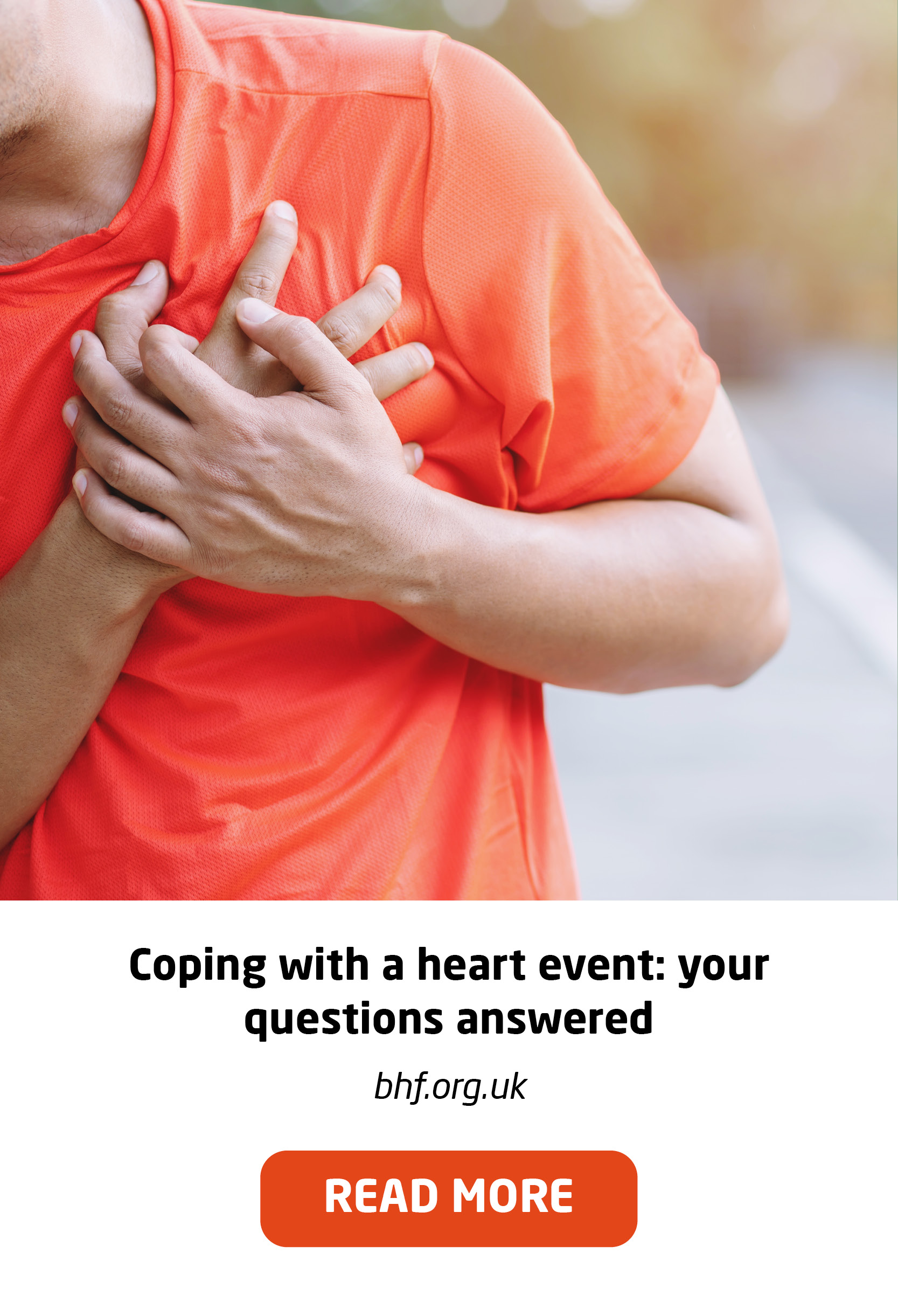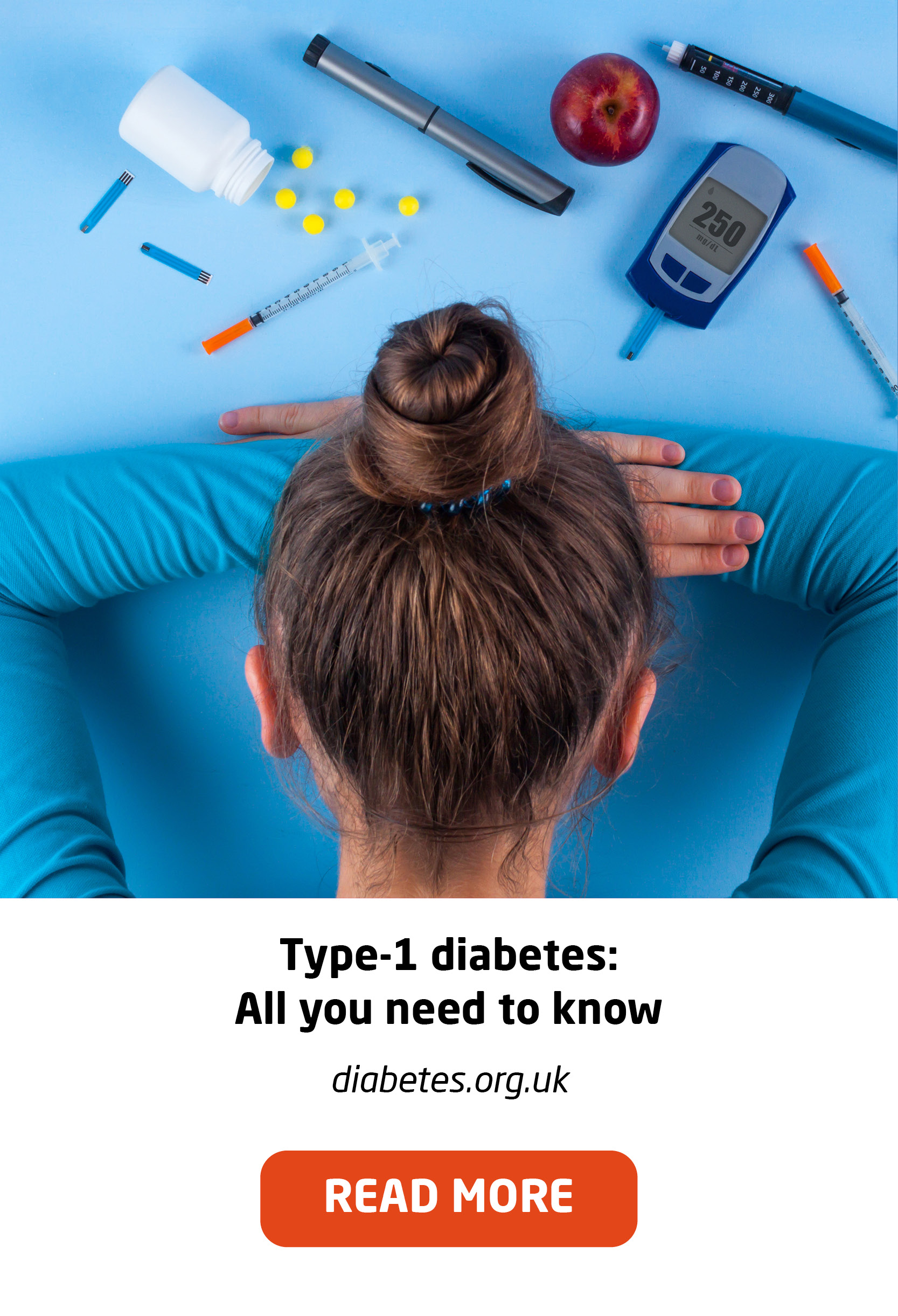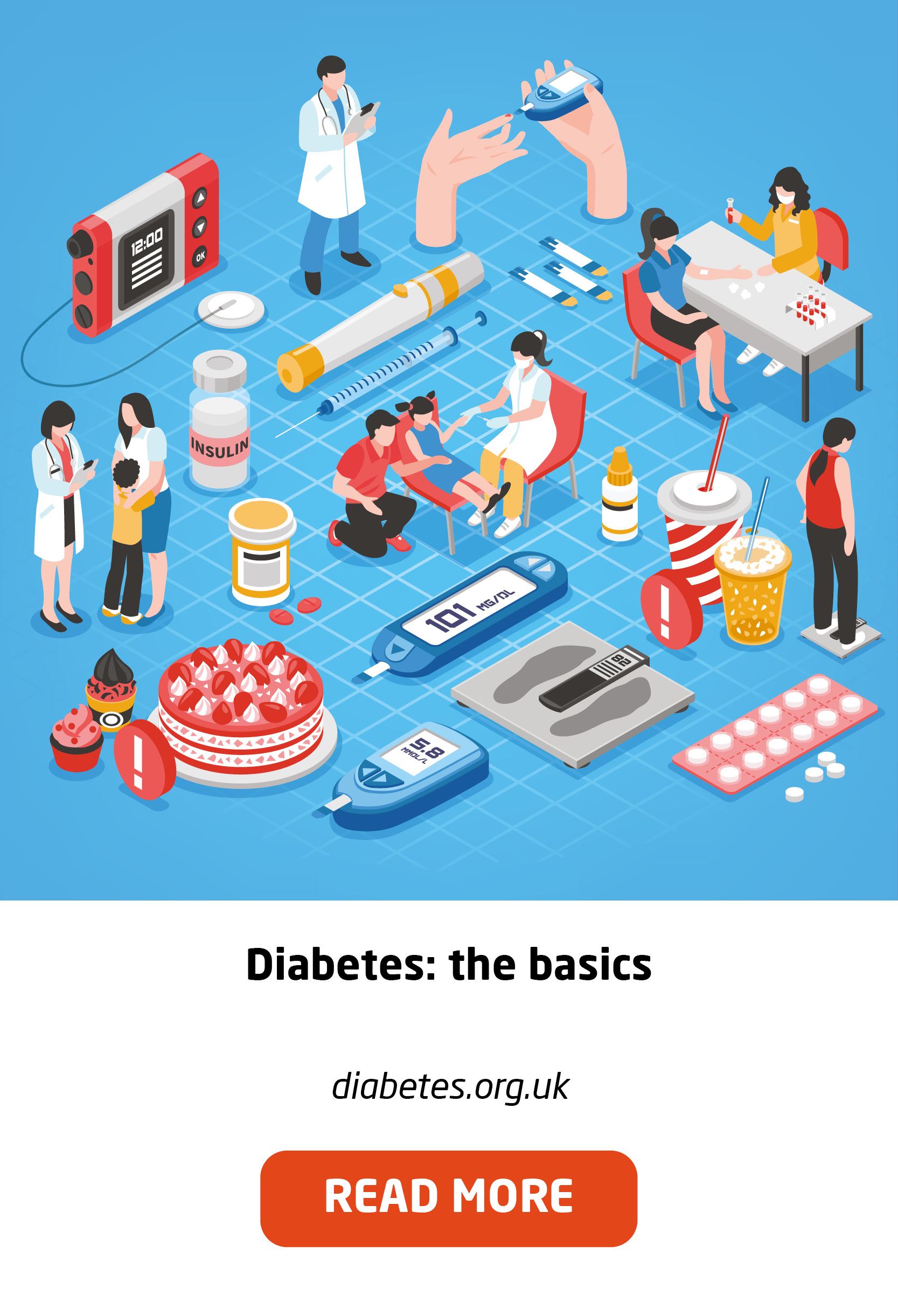One of the keys to a better version of you, mentally and physically, is sleeping well. We want all of our industry members to sleep as well as they can that’s why EIC have partnered with Sleepstation. Sleepstation is a clinically validated sleep improvement programme that can help you learn how to control and optimise your sleep to get the best sleep possible. Designed by experts and backed by science, the online service is proven to combat even the most severe insomnia. Their team will help you identify the underlying causes of your sleep problem and provide the personal support and guidance needed to improve your sleep. Sleepstation delivers remote care with a personal touch and that's what makes it so effective. Therapeutic support through Sleepstation is available to those in need and meeting our charity eligibility criteria.
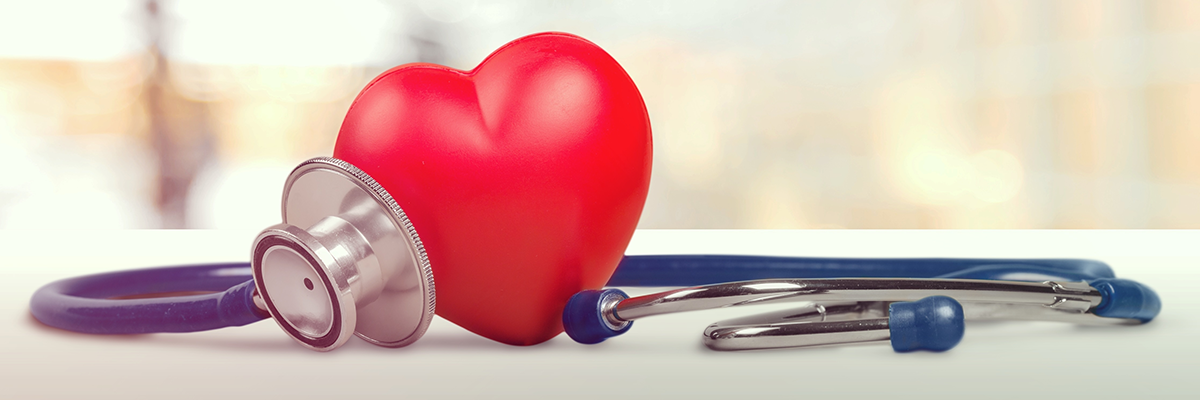
We all know how much we need to look after our body and in turn everything that keeps us going on the inside, heart, lungs, liver and brain but how can we do that? The Electrical Industries Charity give you a run down in how to keep your body in tip top condition.
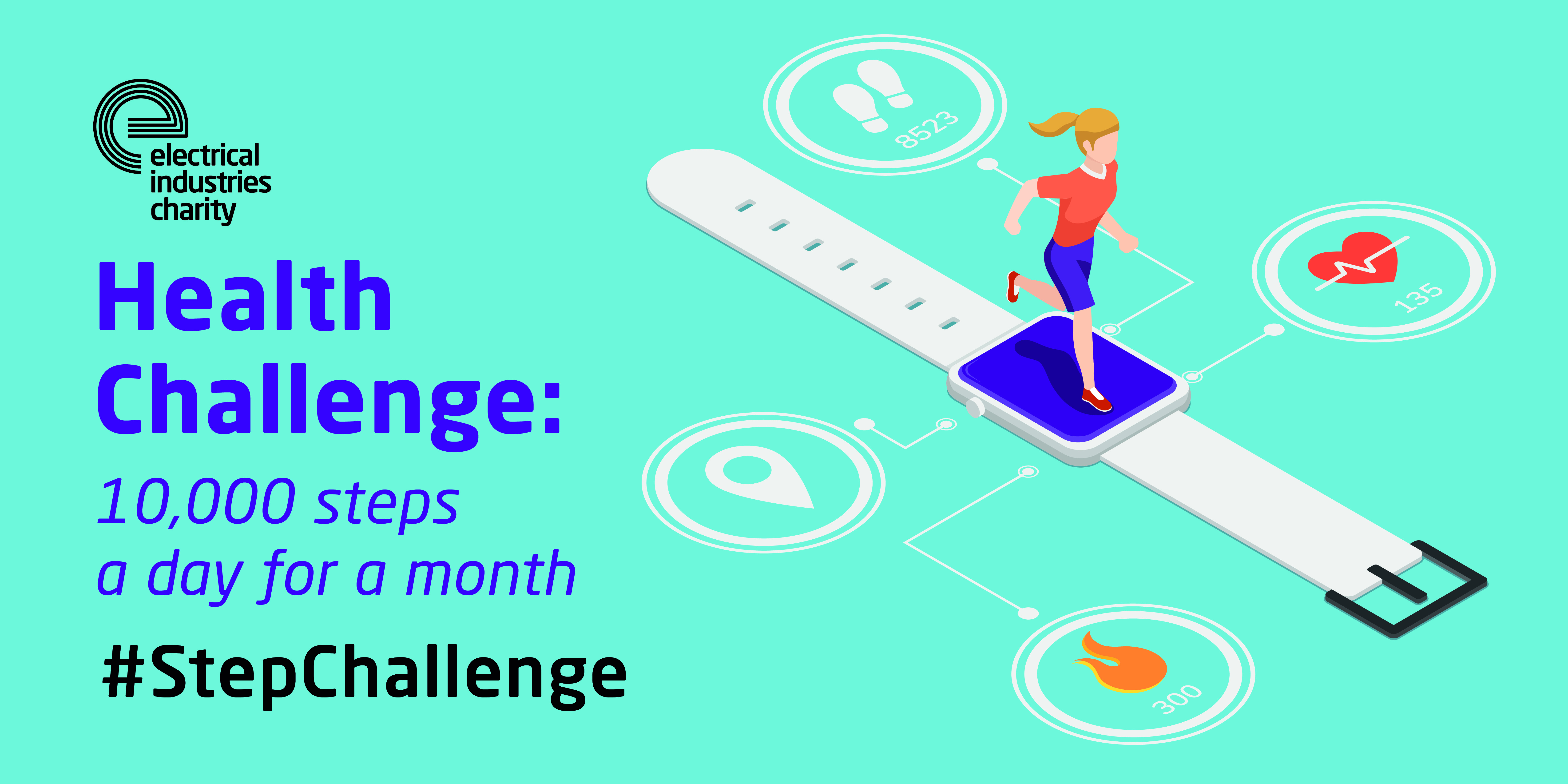
Health Challenge: 10,000 steps a day for a month
This month is all about healthy heart, happy body and EIC Day! Celebrate EIC Day with us and take care of your body with a month-long health challenge.
Why?
Over 100 years ago 10 industry members put £10 each on a table to form the charity our industry sees today. To keep this charity going we need your help. Get involved with our step challenge - boost your heart health and overall wellbeing by being active every day and raise much needed funds to keep our industries charity going for another 100 years.
How?
- Complete the target of 10,000 steps each day for a month by any means – cycling, walking, running etc.
- For every day where 10,000 steps are completed, donate £1 to EIC Day and encourage your friends and colleagues to do the same: https://bit.ly/3pHkGxJ
- Post the below image and text on your social media channels and tag @electricalcharity # StepChallenge #EICDay
I am doing 10k steps-a-day challenge this month to celebrate EIC Day and improve my health and wellbeing. Join me or donate what you can to EIC to keep our charity going for another 100 years! https://bit.ly/3aiPhN8 @electricalcharity #StepChallenge #EICDay - Post pictures of yourself doing activities and tag us @electricalcharity

Heart and circulatory diseases is an umbrella term for all diseases of the heart and 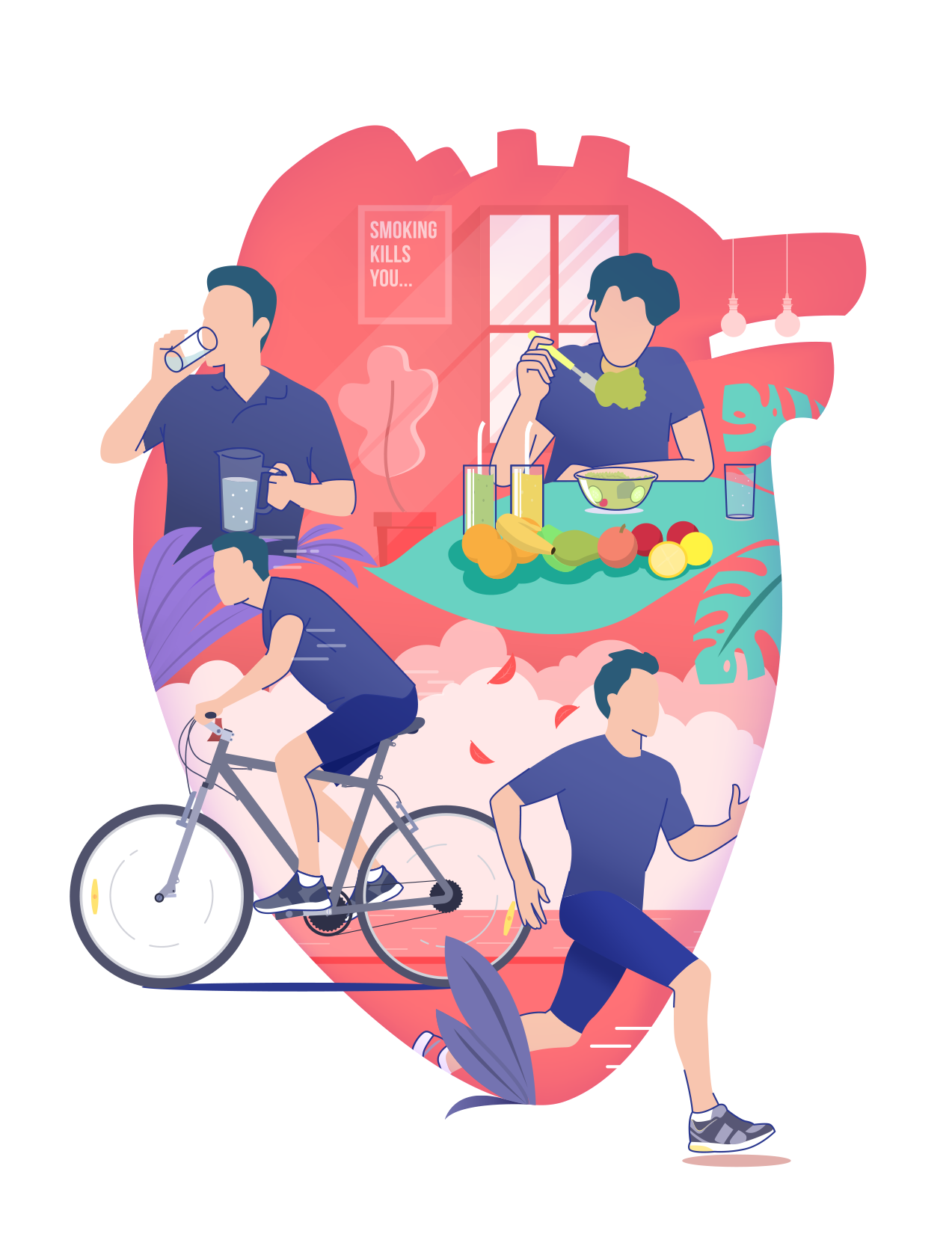 circulation. It includes everything from conditions that are inherited or that a person is born with, to those that are develop later, such as coronary heart disease, atrial fibrillation, heart failure, stroke and vascular dementia.
circulation. It includes everything from conditions that are inherited or that a person is born with, to those that are develop later, such as coronary heart disease, atrial fibrillation, heart failure, stroke and vascular dementia.
- There are around 7.4 million people living with heart and circulatory diseases in the UK - an ageing and growing population and improved survival rates from heart and circulatory events could see these numbers rise still further
- Around twice as many people are living with heart and circulatory diseases than with cancer and Alzheimer’s disease combined
- Heart and circulatory diseases cause more than a quarter (27 per cent) of all deaths in the UK; that's nearly 170,000 deaths each year - an average of 460 people each day or one death every three minutes
- Around 44,000 people under the age of 75 in the UK die from heart and circulatory diseases each year
- Since the BHF was established the annual number of deaths from heart and circulatory diseases in the UK has fallen by around a half
- In 1961, more than half of all deaths in the UK were attributed to heart and circulatory diseases (320,000 deaths).

What is coronary heart disease?
Over time, a fatty material called atheroma can build up inside your coronary arteries. This process is called atherosclerosis. Eventually, your arteries may become so narrow that they can't get enough oxygen rich blood to your heart. If a piece of atheroma breaks off, it can cause a blood clot form. This clot can block your coronary artery and cut off the supply of blood and oxygen to your heart muscle. This is known as a heart attack. Angina is the term used to describe the most common symptoms of CHD. These include chest pain, shortness of breath, pain travelling through the body, feeling faint and nausea.
There are several risk factors that can increase the risk of developing CHD. These include:
- high blood pressure
- high cholesterol
- diabetes
- smoking
- being overweight
- not doing enough physical activity
Risk factors you can't control include family history, age and ethnic background. Living a healthy lifestyle can help lower your risk of developing CHD. There are lots of small and easy changes you can make. Learn how to reduce your risk.


Type 1 diabetes happens when your body cannot make insulin. This type most commonly affects children and young adults and is a result of your body’s immune system attacking the cells that produce insulin in the pancreas. 1 in 10 people with diabetes are Type 1.
Type 2 diabetes happens when your pancreas isn’t making enough insulin, or your body can no longer use the insulin it makes. Type 2 diabetes is much more common than Type 1 and tends to develop gradually as people get older – usually after the age of 40. But more and more people every year are being diagnosed at a much younger age.
Diabetes is closely linked with being overweight (especially if you carry weight around your middle), being physically inactive, or having a family history of Type 2 diabetes. Some ethnic groups have a much higher rate of diabetes - particularly people of South Asian and African Caribbean origin.
What are the signs and symptoms of Type 2 diabetes?
It's not always easy to tell if you have diabetes. Many people with Type 2 diabetes have no symptoms and don't know they have it, or symptoms can develop slowly or start out of the blue - it varies from person to person.
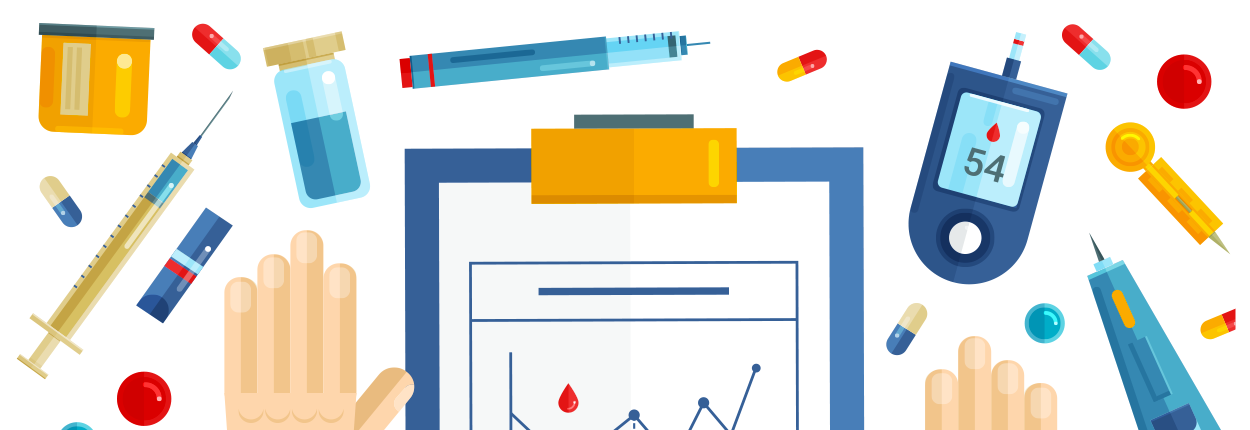
You may have diabetes if you are:
- often very thirsty
- peeing more than usual, particularly at night
- often very tired
- losing weight unexpectedly
- having blurred vision
- having genital itching or regular episodes of thrush
- noticing that your cuts or wounds heal slowly
Don't ignore symptoms. Your doctor can diagnose you, help you manage your condition and stop things getting worse.
How can I reduce my risk of developing Type 2 diabetes?
You can greatly reduce your risk of developing Type 2 diabetes by keeping a healthy weight and sticking to a healthy lifestyle.
Here are some steps you can take to reduce your risk:
- be more active
- eat a healthy, balanced diet
- manage your weight
- give up smoking
- be aware of your family history

We all understand that we need to maintain a healthy diet and keep active at least three times a week to support our bodies and keep them in the best possible shape. Although we understand what we need to do, putting this into practice can be tricky. The temptation of fast food, our favourite tipple, and an evening in front of the TV can be a little too much sometimes and when you’re constantly travelling it can be difficult to eat healthy, drink well and exercise. Logan, an electrical sales engineer, contacted the Electrical Industries Charity as his job and lifestyle was beginning to affect his wellbeing.
Logan had always been in sales, but his new role meant he had to travel a lot to clients. On particularly busy weeks Logan would rack up close to 400 miles in the car. This meant Logan spent a lot of time on the road, stuck in traffic and living off service station facilities. Logan would often be eating his breakfast, lunch and dinner from service stations and roadside food stops. While at client meetings Logan would consume sugary snacks washed down with white coffees and builder’s tea. After 10 months in his new role Logan’s weight had ballooned and he felt sluggish, bloated, achey and sometimes breathless navigating building floors. Logan contacted the Electrical Industries Charity for some practical advice on how to best manage his role and a healthy lifestyle.
The Charity caseworker team spoke to Logan about the biggest pressures in his life and understood he would often rush out of the house meaning he would have to get breakfast on the way or skip breakfast and have a big lunch. Logan has two young children and to accommodate them and his wife better he would often eat dinner late while driving home so his wife could get the kids fed and in bed. Not only was Logan’s role affecting his physical wellbeing it was also impacting his relationships. Logan rarely saw his children throughout the week and if he was especially busy or traffic was bad him and his wife would not see each other until the next evening.
The Charity encouraged Logan to organise his work diary so he could have days on the road and days off. Logan was encouraged to group together client appointments which were geographically close and if one day was particularly road heavy, he should try to make the next two days more local. Logan’s caseworker advised Logan to food prep on the weekends. When Logan was running out the door, he could grab a box with fruit, cut vegetables, a sandwich, and a bottle of water in. To help Logan keep active while travelling the Charity suggested always using stairs within office buildings, parking a little further away from appointments and asking clients if they would rather have a walking meeting. Although Logan couldn’t cut down his road travel and service station use completely the Charity and him devised some simple routes to improve his physical wellbeing.
By having three days a week closer to home Logan was able to spend more time with his family and could join them for evening meals. Logan’s physical and mental wellbeing is now far improved, and he has lost almost a stone since starting the new strategies suggested by the Electrical Industries Charity.
The Electrical Industries Charity can also support with lifestyle and wellbeing advice. If you would like to talk it out with someone please contact This email address is being protected from spambots. You need JavaScript enabled to view it. or 0800 652 1618.
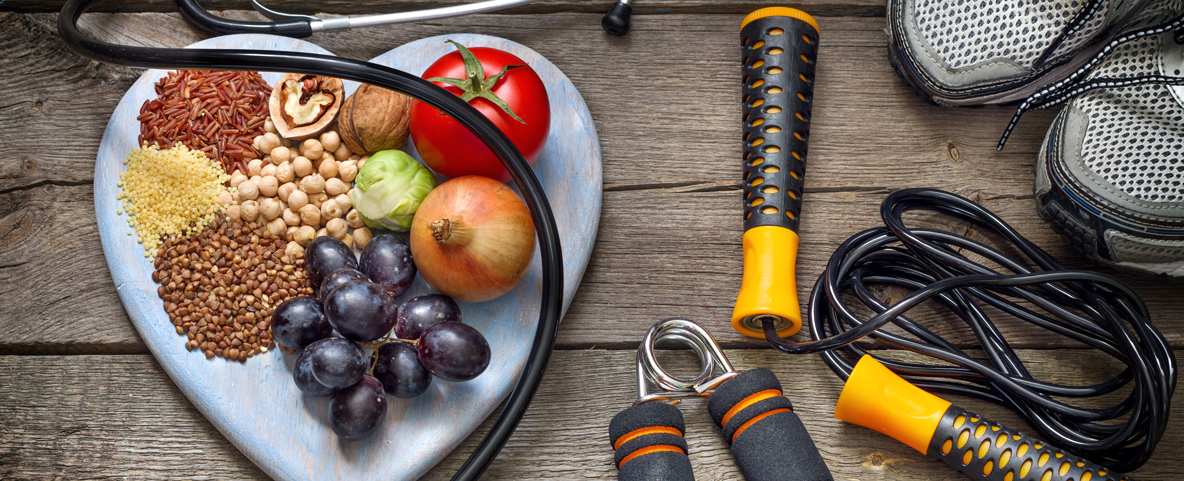

Within the UK there are more than 100,000 hospital admissions yearly due to heart attacks, that’s one admission every five minutes. 1.4 million people living within the UK have survived a heart attack but 450 people every day die from a heart attack. Becca, a generation and renewables employee of almost 30 years, contacted the Electrical Industries charity after the sudden loss of her husband. Becca and her husband had been married for 37 years and although they both enjoyed an alcoholic beverage and weekly date night dinner out; they led a healthy lifestyle. They had four young grandchildren and a dog which kept them active. While at home with their two children Becca’s husband Steve suffered a heart attack and although paramedics arrived on the scene within minutes Steve sadly passed away.
Becca and her children had seen Steve pass and understandably they were all traumatised by their sudden loss. Becca contacted the Electrical Industries Charity support team in shock and was extremely distressed. The Charity welfare team discussed the different support options available to Becca. To support Becca and help her process the unexpected loss of her husband the Electrical Industries Charity worked with Becca to source and fund a bereavement counsellor to support her and try to ease her distress. Becca received 10 therapy sessions which were supportive but challenging as Becca was still in the early stages of grief. Becca since feels better equipped to cope with her still very raw loss. Her children are too coming to terms with the loss of their father and are working with Becca to try and get through this really tough period. The Charity welfare team and Becca remain in contact and Becca understands that should she need additional support the charity can help to source more therapy or signpost her to other organisations.
Sudden loss is one of life’s biggest shocks and has a huge impact on our wellbeing. Dealing with feelings of grief, distress and shock is extremely challenging. The Electrical Industries Charity can help to support you through life’s challenges. If you need support please contact This email address is being protected from spambots. You need JavaScript enabled to view it. or call 0800 652 1618.


A healthy lifestyle will make your heart healthier. Here are 10 things you can do to look after your heart:

1. Give up smoking
If you're a smoker, quit. It's the single best thing you can do for your heart health. Smoking is one of the main causes of coronary heart disease. A year after giving up, your risk of a heart attack falls to about half that of a smoker. You're more likely to stop smoking for good if you use NHS stop smoking services. Visit the Smokefree website or ask your GP for help with quitting.
2. Get active
Getting – and staying – active can reduce your risk of developing heart disease. It can also be a great mood booster and stress buster. Do 150 minutes of moderate-intensity aerobic activity every week. One way to achieve this target is by doing 30 minutes of activity on 5 days a week. Fit it in where you can, such as by cycling to work.
3. Manage your weight
Being overweight can increase your risk of heart disease. Stick to a healthy, balanced diet low in fat and sugar, with plenty of fruit and vegetables, combined with regular physical activity.
4. Eat more fibre
Eat plenty of fibre to help lower your risk of heart disease – aim for at least 30g a day. Eat fibre from a variety of sources, such as wholemeal bread, bran, oats and wholegrain cereals, potatoes with their skins on, and plenty of fruit and veg.
5. Cut down on saturated fat
Eating too many foods that are high in saturated fat can raise the level of cholesterol in your blood. This increases your risk of heart disease. Choose leaner cuts of meat and lower fat dairy products like 1% fat milk over full-fat (or whole) milk.
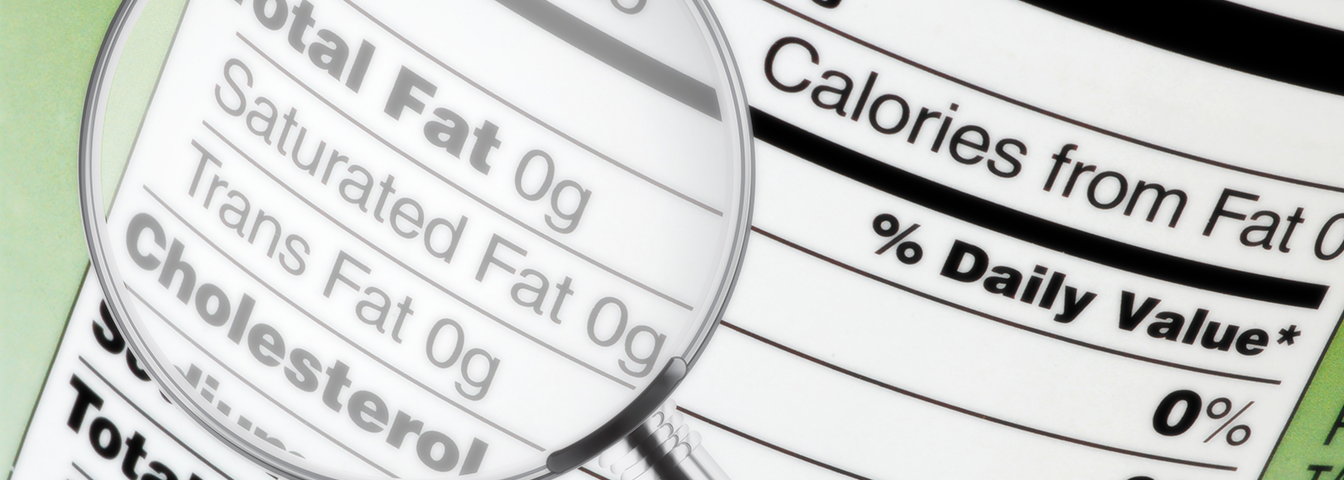
6. Get your 5 a day
Eat at least 5 portions of a variety of fruit and vegetables a day. They're a good source of fibre, vitamins and minerals. There are lots of tasty ways to get your 5 A Day, like adding chopped fruit to cereal or including vegetables in your pasta sauces and curries.
7. Cut down on salt
To maintain healthy blood pressure, avoid using salt at the table and try adding less to your cooking. Once you get used to the taste of food without added salt, you can cut it out completely. Watch out for high salt levels in ready-made foods. Most of the salt we eat is already in the foods we buy. Check the food labels – a food is high in salt if it has more than 1.5g salt (or 0.6g sodium) per 100g. Adults should eat less than 6g of salt a day in total – that's about 1 teaspoon.
8. Eat fish
Eat fish at least twice a week, including a portion of oily fish. Fish such as pilchards, sardines and salmon are a source of omega-3 fats, which may help protect against heart disease. Pregnant or breastfeeding women should not have more than 2 portions of oily fish a week.
9. Drink less alcohol
Do not forget that alcohol contains calories. Regularly drinking more than the NHS recommends can have a noticeable impact on your waistline. Try to keep to the recommended daily alcohol limits to reduce the risk of serious problems with your health, including risks to your heart health.
10. Read the food label
When shopping, it's a good idea to look at the label on food and drink packaging to see how many calories and how much fat, salt and sugar the product contains. Understanding what's in food and how it fits in with the rest of your diet will help you make healthier choices.


A healthy diet can help reduce your risk of developing coronary heart disease and stop you gaining weight, reducing your risk of diabetes and high blood pressure. Healthy eating can also help lower your cholesterol levels and reduce your risk of some cancers. Even if you already have a heart condition, a healthy diet can benefit your heart.

Everyone should aim for a well-balanced diet. Faddy crash diets may not provide the balance of nutrients you need. The best way to understand it is to think of foods in food groups.
Try to eat:
- plenty of fruit and vegetables
- plenty of starchy foods such as bread, rice, potatoes and pasta. Choose wholegrain varieties wherever possible
- some milk and dairy products
- some meat, fish, eggs, beans and other non-dairy sources of protein
- only a small amount of foods and drinks high in fats and/or sugar.
Choose options that are lower in fat, salt and sugar whenever you can. A well-balanced diet should include at least 5 portions of fruit and veg a day. Try to vary the types of fruit and veg you eat. They can be fresh, frozen, dried or tinned. Pure unsweetened fruit juice, pulses and beans count as a portion, but they only make up a maximum of one of your five a day, however much you eat in one day. A portion is about a handful (80g or 3oz), for example: 4 broccoli florets, or 1 pear, or 3 heaped tablespoons of carrots, or 7-8 strawberries. To help look after your heart health it is important to make sure you choose the right type of fats.
So to help keep your heart healthy:
- Replace saturated fats with small amounts of mono and polyunsaturated fats
- Cut down on foods containing trans fats
- It's also important to remember that all fats and oils are high in calories, so even the unsaturated fats should only be used in small amounts.
Too much saturated fat can increase the amount of cholesterol in the blood, which can increase the risk of developing coronary heart disease. Unsaturated fats, which can be monounsaturated fats (for example olive oil, rapeseed oil, almonds, unsalted cashews and avocado) or polyunsaturated fats (including sunflower oil and vegetable oil, walnuts, sunflower seeds and oily fish) are a healthier choice. Eating too much salt can increase the risk of developing high blood pressure. Having high blood pressure increases the risk of developing coronary heart disease. If you drink alcohol, it's important to keep within the recommended guidelines - whether you drink every day, once or twice a week or just occasionally.

BHF Physical Activity Specialist Lisa Young offers tips on how we can make ourselves more active:
- Find an activity you enjoy and make it even more fun; listen to music while you do it or attend a class with a friend or family member.
- Everyday activity, such as walking or cycling to the shops or to work, is a great way to get your heart pumping. There is a greater chance of success if you build physical activity into your daily routine.
- If you enjoy walking, add some variety and push yourself further with Nordic walking poles. Using two poles while you walk gets your arms and core involved, making your physical activity more well-rounded. To challenge yourself even more, incorporate a small hill into the route of your walk, or try carrying small weights.
- Use tools to support you, such as the NHS Choices’ Couch to 5k plan. There are countless free apps available on mobile to motivate you to stay active.
- Set yourself a goal or challenge. Why not take part in a challenge? EIC have various challenges each year, or you could organise one yourself!
- Take advantage of the great outdoors – meet friends for a walk at your local park, or take your children or grandchildren for a kick-about.
- Encourage young children to be active through the games they play.
- Take the stairs instead of the lift or escalator, whenever possible.


Reversing diabetes is a term that usually refers to a significant long-term improvement in insulin sensitivity in people with type 2 diabetes. People with type 2 diabetes that are able to get their HbA1c below 42 mmol/mol (6%) without taking diabetes medication are said to have reversed or resolved their diabetes. This also known as putting diabetes into remission. Loss of body weight can be particularly beneficial in helping to reverse the progression of diabetes. With time and dedication, type 2 diabetes can be reversed and the results can be very rewarding, with less tiredness and better all-round health. If you think you need to come off your diabetes medication, ensure you speak to your healthcare team before doing so.

The most common cause of type 2 diabetes is obesity-related, which generally follows a vicious cycle pattern:
- Diet high in calories - particularly if high in refined carbohydrates
- Insulin levels in the bloodstream rise to cope with the high- and quick-acting carb intake
- Weight is gained around the belly (central or truncal obesity)
- Consistently high insulin levels lead to the body’s cells becoming resistant to insulin and commonly lead to weight gain
- High insulin levels also increase weight gain
- Insulin resistance leads to an increase in blood sugar levels, particularly after meals
- The pancreas produces more insulin to cope with rising blood sugar levels
- High sugar levels lead to feelings of lethargy and high insulin levels lead to increased hunger
- Hunger often leads to overeating and lethargy, with less physical activity being taken
- Overeating, less activity and high insulin levels all lead to further weight gain and more insulin resistance
- Consistently high demand on the pancreas to produce extra insulin leads to damage of the pancreas’ insulin-producing beta cells
- Beta cell damage results in the body struggling to produce enough insulin, and steeper rises in blood sugar levels leads to more recognisable symptoms of diabetes, symptoms of diabetes, such as thirst and a frequent need to urinate
To reverse diabetes, you need to be able to break this cycle by taking the strain off your insulin-producing cells. Research indicates that effective ways to reverse diabetes include low-carb diets, very low calorie diets, exercise and Bariatric surgery










